Submitted Review
On Earth
‘University galleries are the workhorses of Australia’s visual arts ecology.’
University galleries are the workhorses of Australia’s visual arts ecology, mounting important solo and thematic exhibitions and collecting the work of significant artists before their state gallery peers. On Earth draws upon QUT Art Museum’s impressive holdings of contemporary Australian art, supplemented by loans and newly commissioned works, to explore different conceptions of landscape.
This open-ended rationale allows for a breadth of practices that engage with landscape through a multiplicity of approaches, cultural, personal and political. A trio of late works by Ian Burn combining text and found images form the conceptual backbone of the exhibition, demonstrating that our understanding of landscape is always a construct.
A number of works made specifically for the exhibition highlight First Nations voices and perspectives. Kamilaroi artist Warraba Weatherall’s burnt ironbark and river red gum tree trunks displayed in Victorian-style cages, speak powerfully to the disproportionate rates of incarceration and deaths in custody for Aboriginal Australians; as well as the failure of successive state and federal governments to protect precarious ecosystems such as the Murray Darling basin from the effects of climate change.
Weatherall’s installation is one of several large-scale commissions that are rightly afforded generous space however there are also thoughtful juxtapositions of more intimately scaled works. Watercolours by Claude Pannka and Jillian Namatjira of the Hermannsburg School are displayed in proximity to Yasmin Smith’s ceramic tree branches. Her objects are finished with a glaze made using tree ash collected from cooking fires (with the permission of traditional owners) during the artist’s own visit to Ntaria (Hermannsburg) in 2015. Smith’s use of materials in this way echoes Dale Harding’s abstracted landscape Ermetic painting # 1 (ceremony for toxic masculinities) 2018 made with natural pigments that reference the artist’s connections to the sandstone country of central Queensland. Rather than merely representing landscape, both works are of the landscape.
A selection of posters from the Griffith University Art Museum collection recall the fertile protest movement against uranium mining and nuclear power of the 1980s and 90s. Their punchy graphics and strident tone serve as an historical counterpoint to the more poetic responses to landscape posited by contemporary artists in the exhibition.
In the same gallery, documentation of Bonita Ely’s seminal performance work, Murray River Punch 1980-81 and her updated recipe for the toxic brew illustrate how little progress has been accomplished since the artist first addressed the then emerging issue of the Murray’s degradation more than three decades ago. The work’s presentation in this context however, would have been strengthened by the inclusion of the original audio recording, featuring Ely’s Margaret Fulton-esque voice over.
Similarly, a small selection of historical paintings depicting South East Queensland and Victoria feels under-developed and implied linkages to the contemporary works on display could have been more clearly articulated through expanded wall labels. Despite these minor shortcomings, On Earth is an impressive exhibition that surveys the complex and nuanced ways in which contemporary artists address the landscape.
HS
Hamish Sawyer
Artists: Robert Andrew, Ray Beattie, Ian Burn, Michael Cook, Dean Cross, Nici Cumpston, Bonita Ely, Emma Fielden, Mirdidingkingathi Juwarnda Sally Gabori, Kinly Grey, Dale Harding, Isaac Walter Jenner, Jillian Namatjira, Claude Pannka, Toni Robertson, Joe Rootsey, Kate Shaw, Sancintya Mohini Simpson, Yasmin Smith, Warraba Weatherall, Keemon Williams, Women’s Domestic Needlework Group and two historical works by artists once known.
Curated by Sarah Werkmeister.
Images: Ian Burn, Warraba Weatherall, Robert Andrew, nuclear protest poster.
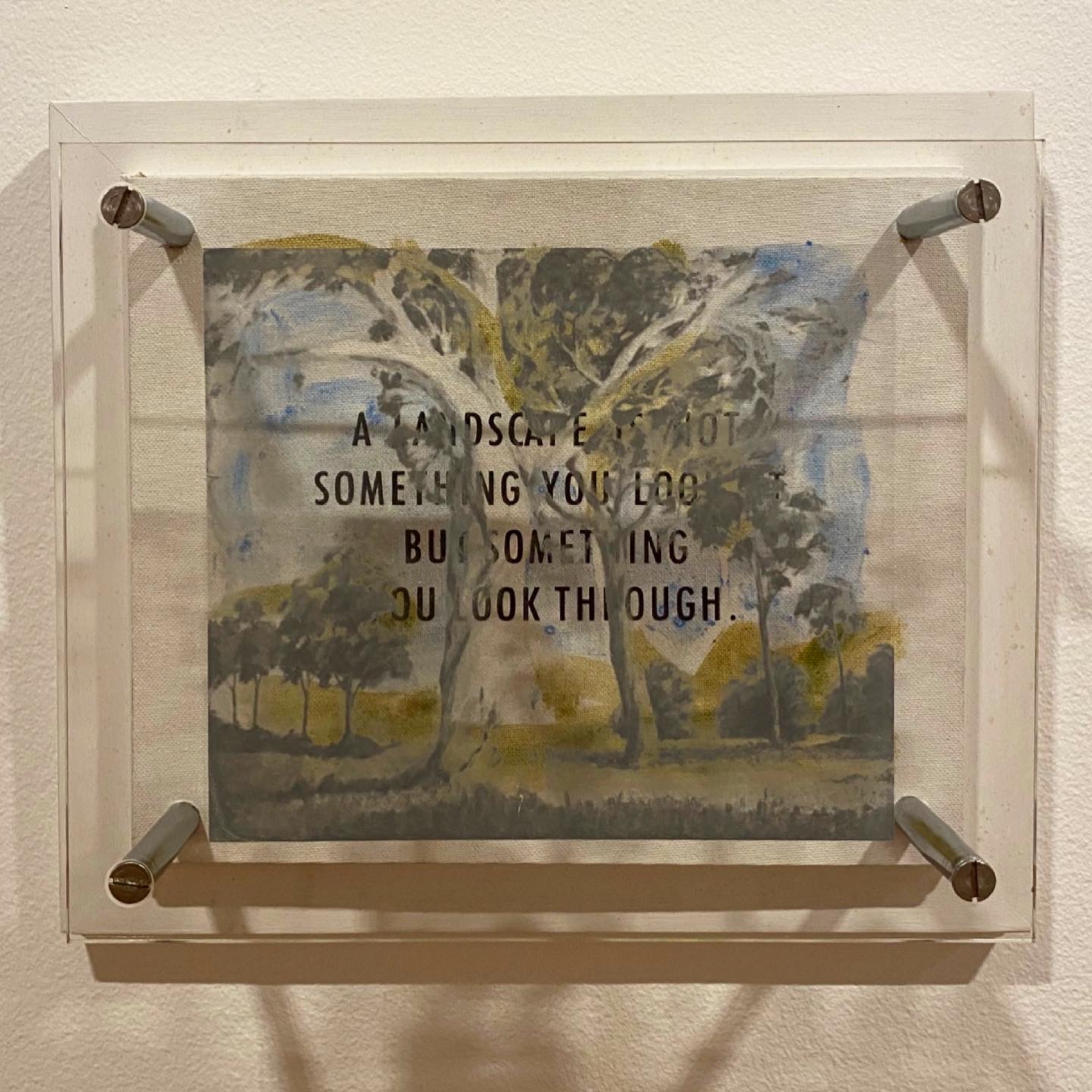
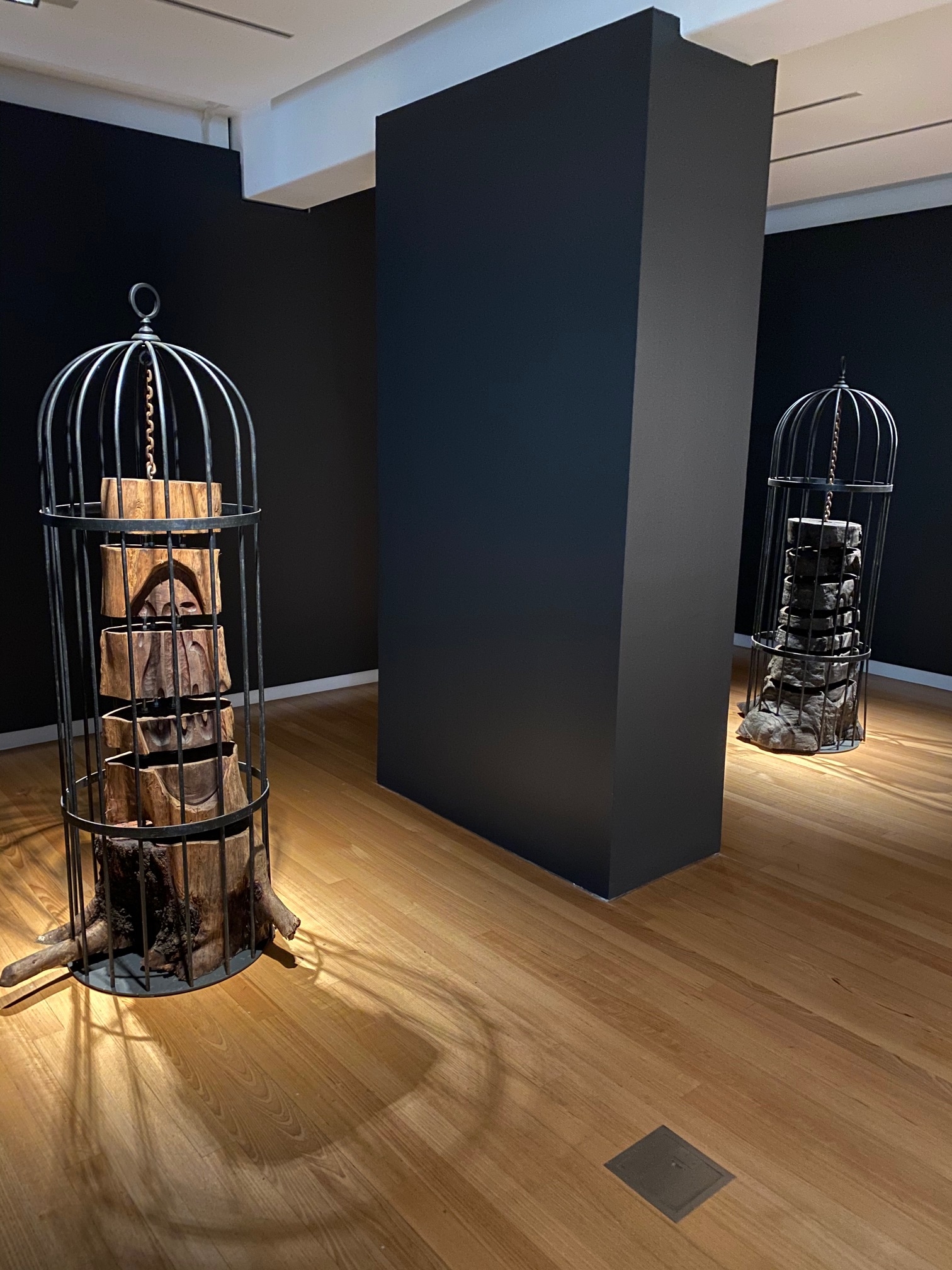
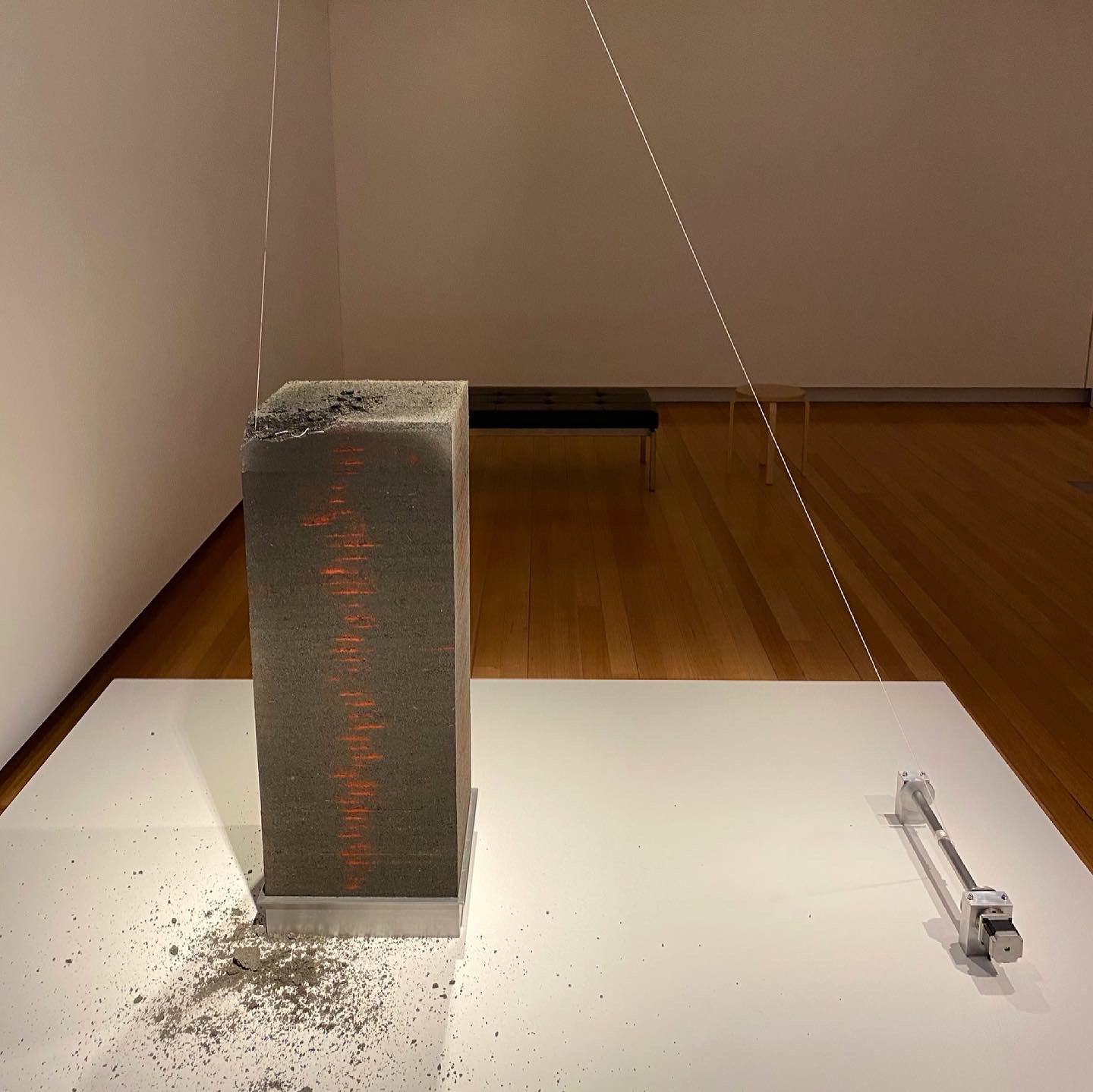
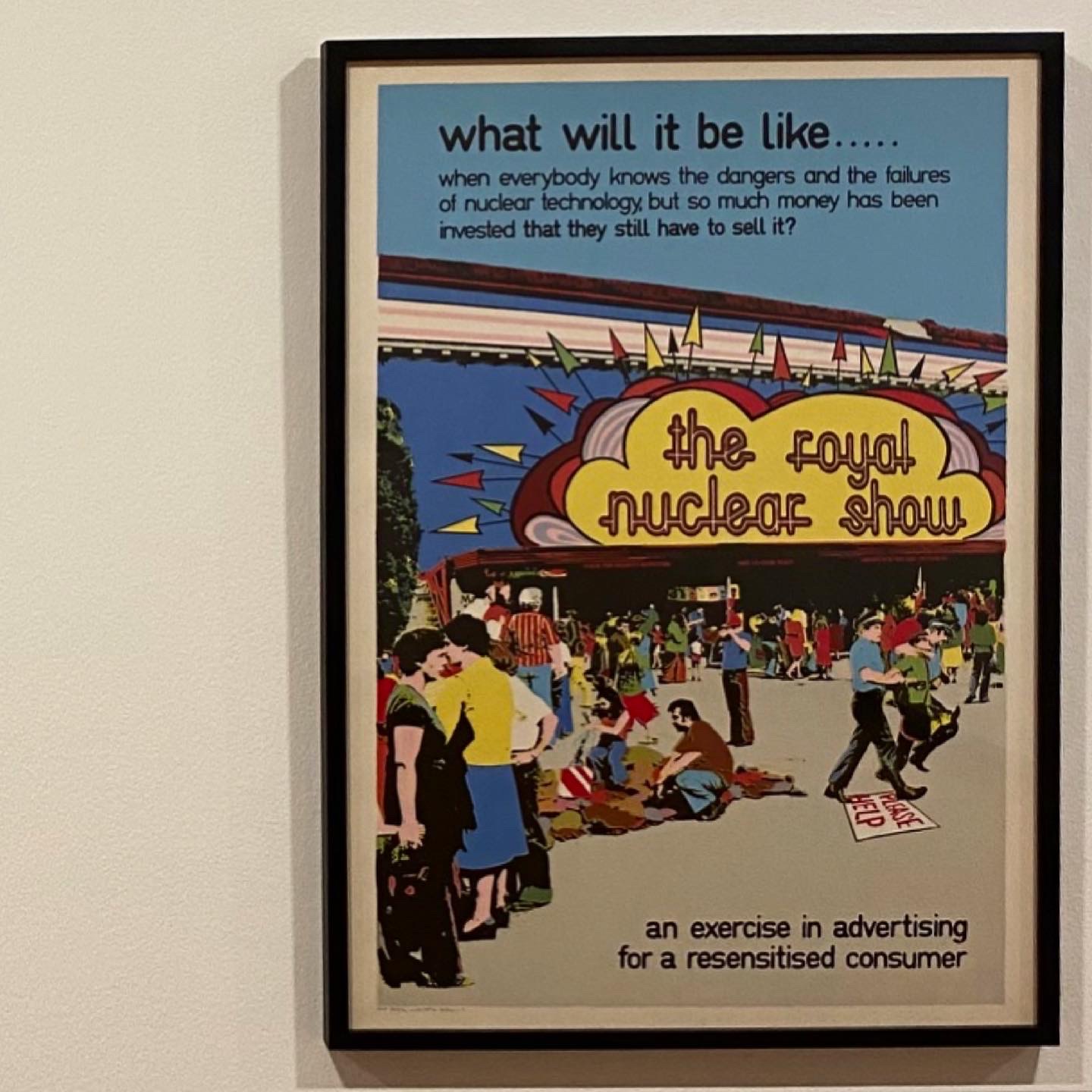
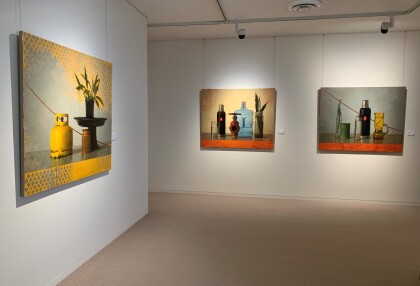

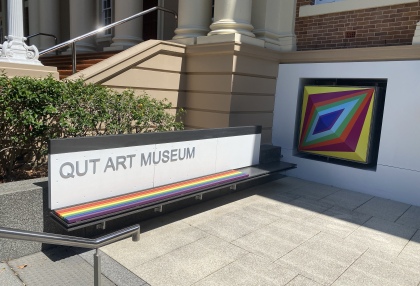
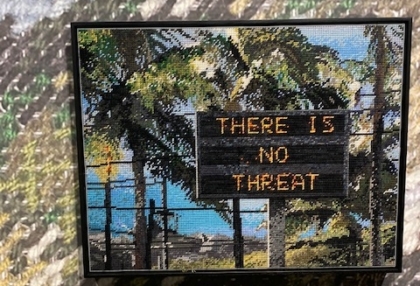
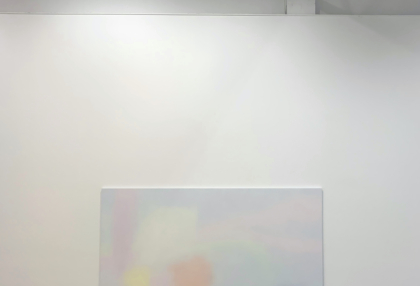
No Comments